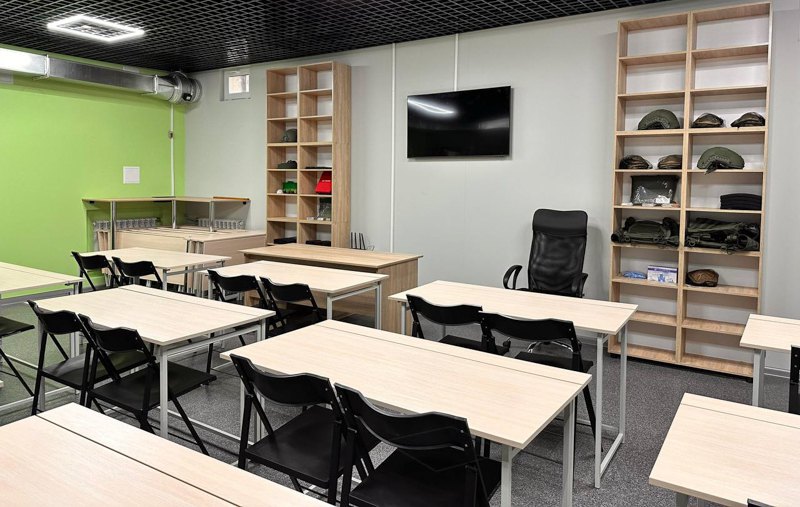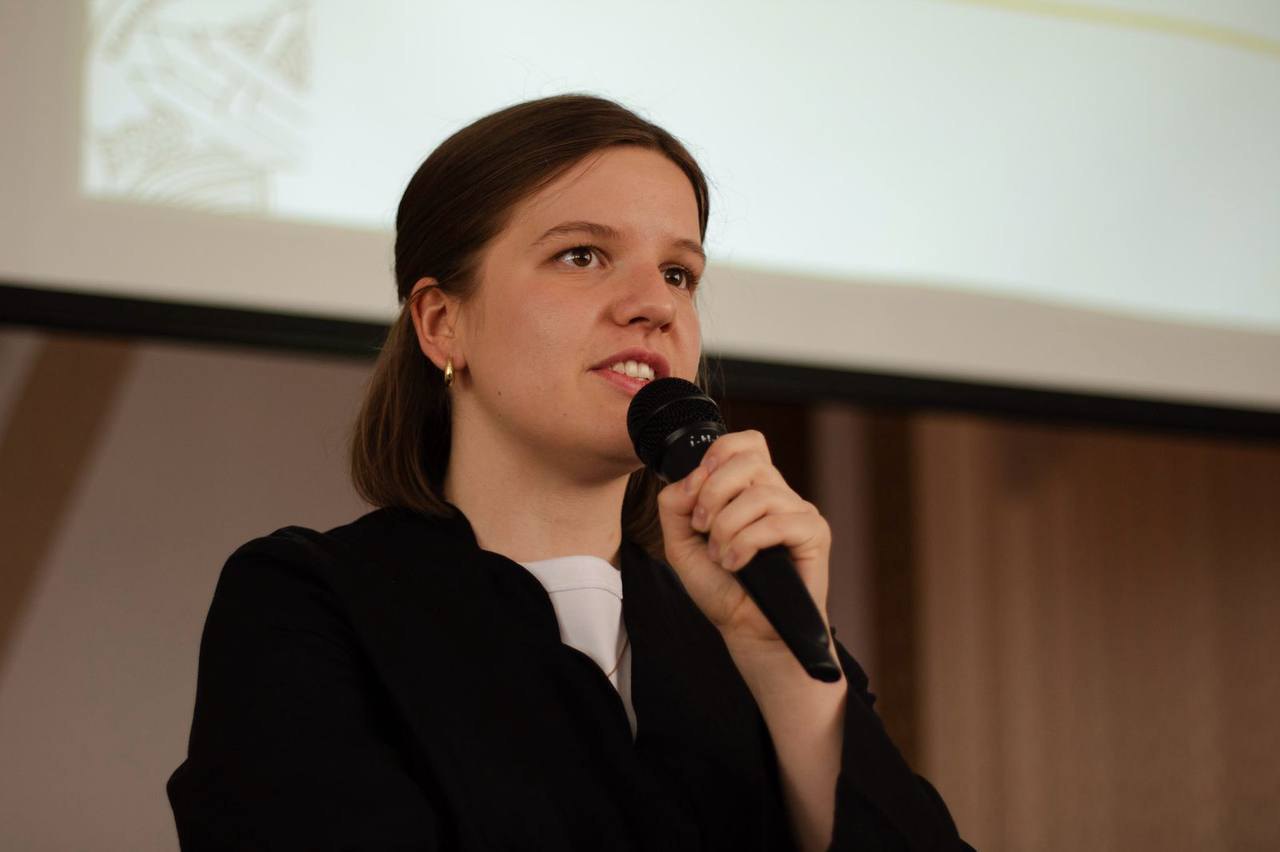
Tell us about the format of these trips and how you chose where to go.
These were centres randomly selected based on various criteria: the number of students transported there; the subsidy used for the facilities; location, etc.
My team and I travelled there during the school year and talked to teachers, school administrators, and, when possible, children. We conducted an anonymous survey to gather feedback on how they were learning under the new model.
The primary goal of these visits was not to check for or identify mistakes in order to punish them later, but to understand whether we are moving in the right direction and what adjustments need to be made at the national level to ensure the successful implementation of this reform.
What is your overall impression of what you saw? How well equipped are the centres?
My overall impression exceeded all expectations. Although I did not set myself high standards, when you come to a remote town on the border and see that the children there are learning, that the centre has implemented everything that is laid out in the programme, and that this has been made possible in such a short time because people have worked hard on it, it is impressive.
In all the regions we visited, the centres were more or less well equipped. They had large-scale models, drones, simulators, and various interactive panels for studying topography.
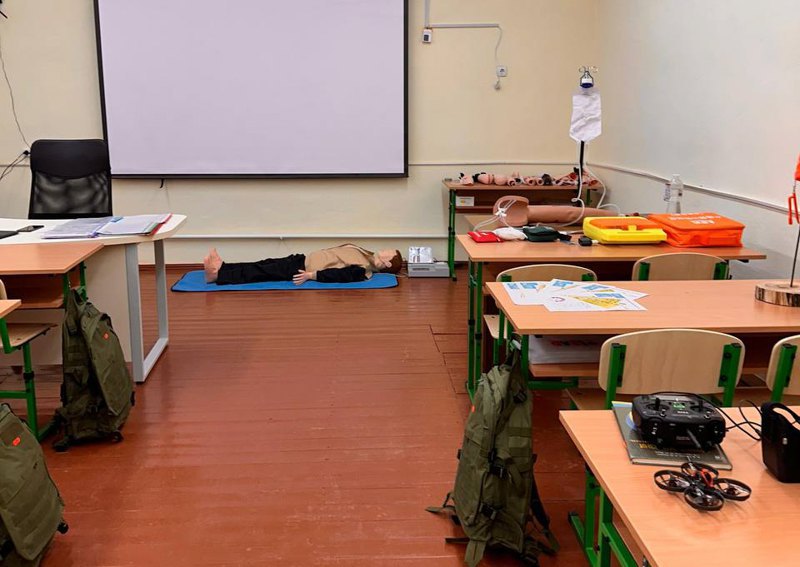
What is the students' reaction?
They are happy, their eyes are simply shining. There are three things they like most of all: drones, shooting and first aid.
The survey results showed that they love this format of the subject. They are happy to have this opportunity because previously they were mainly taught theory and had to write a lot of notes. Now they are learning to fly drones, shoot and work with large-scale models.
I have even heard several stories of children in Year 11 being asked what their favourite subject was, and they replied that it was ‘Defence of Ukraine’. This was not the case last year.
How, by the way, is shooting conducted in the centres?
Not with combat weapons. They shoot either with air guns or in a laser shooting range.
Regarding the programme, is it the same for all schools?
The new model curriculum is written according to the standards of the New Ukrainian School and in accordance with the state standard, which will come into force in 2027. In other words, the programme has already been introduced by the NUS (New Ukrainian School) for grades 10-11 in those institutions participating in the innovative project.
This programme is the core on which the teacher develops their work programme and has the right to adjust 20% of its content depending on the availability of material resources and weather conditions.
For example, when a teacher sees that there is a lack of topics on shooting training, they can slightly adjust this distribution by adding topics. They decide independently how many hours to allocate to each module and set priorities depending on the dynamics of the class and the students' requests.
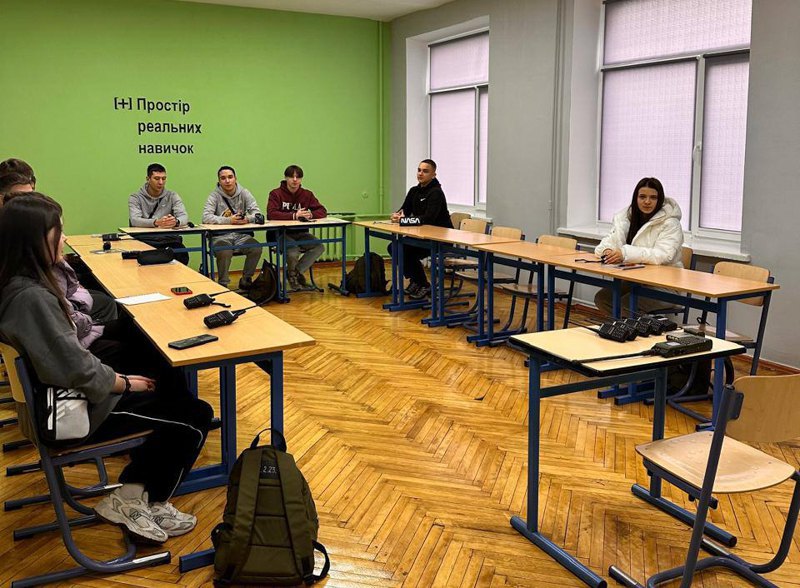
I remember when the project was launched, there was a discussion: some said that it should not be turned into a militarised story, while others, on the contrary, were in favour of preparing children for the realities of war.
How do schools strike this balance? Were there any centres where teachers decided that there would be no shooting at all, and that children would only apply Esmarch bandages?
Fortunately, they no longer apply bandages because they are not included in the standard list of equipment and therefore cannot be purchased with subsidy funds.
But yes, when we were writing the programme, the institutions that had to approve it were divided into two camps: some said that we had to train ‘Rexes’, others said that it should be a programme about values and discussions about why it is important to defend Ukraine.
And, in my opinion, we balanced these positions very well. Because there is a value-ideological block, and there are also blocks related to practical things that can help protect oneself and others.
We took the same approach when training trainers and teachers during the development of the professional development programme. Because our main task is to prepare conscious citizens who understand the importance of defending Ukraine and are not afraid that in this turbulent world they will not be able to find themselves and help the country in the future.

And do the centres manage to maintain this balance?
In the centres we visited, they mostly do. I wouldn't say that we have a bias towards ‘we won't take up arms’ and so on. Although we still have teachers who force children to wear military uniforms and consider this subject to be a modification of ‘pre-conscription training for young men’.
We talk about this. Fortunately, a wide range of partners, including military personnel, are joining the discussion. In conversations with teachers, they emphasise that the aim of the subject is not to train soldiers, but to show a range of possibilities for how each person can realise their talent and be useful to the country.
Who mainly teaches at the centres? How many teachers have combat experience?
It varies. In general, the idea behind creating the centres was to allow teachers to focus solely on teaching ‘Defence of Ukraine’ rather than teaching physical education or labour studies at the same time.
Statistics show that more than 500 veterans of the Russian-Ukrainian war are currently working in the centres. We are trying to make the process of getting them started in educational institutions as easy as possible.
We have developed methodological recommendations for administrations on the employment of veterans, as well as information sheets with algorithms for veterans on how to find a job.
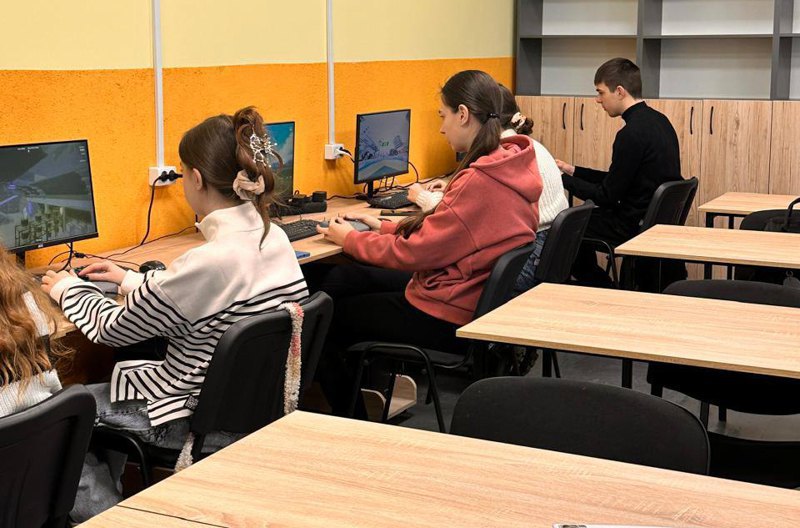
963 centres are currently operating. Is this the final number?
No. We plan to open new ones this year. Those that are already operating cover 65% of pupils in grades 10–11.
What about the other 35%?
The new programme has not been implemented for the most part. There are educational institutions that have decided to join the innovative project and teach according to the new model programme, but most of them teach according to the old one and work in classrooms as they did before the reform.
However, there is a plan for how many centres need to be created by 2026–2027 to achieve 100% coverage. This is because from 2027, it will not be possible to teach ‘Defence of Ukraine’ at one's own school without joining the centres.
There was also a story with Kyiv, whose education department said it had its own programme. How did the story unfold?
Kyiv is still not involved in the innovative project and does not teach according to the new model curriculum.
Has there been any communication with them during this time?
There have been several rounds of discussions with the Department of Education, but this has not yet led to any obvious results.

Did they take money from the subsidy that was earmarked for the creation of centres?
They are using the subsidy, and about 30 centres have been created in the city, but they have no grounds for teaching according to the new educational model.
Is this legal?
This question should be addressed to the supervisory authorities, because the rules for using the subsidy stipulate that the centres are to be established for the implementation of the model educational programme.
Accordingly, all centres that do not implement it are semi-legal and violate regulatory and legal acts. This is a misuse of budget funds.
Will Kyiv schools have to switch to the new programme in 2027?
Yes. At that time, the new state standard for senior secondary schools will come into force and the single programme approved last year will be implemented.
The innovative project will no longer exist, as it will end when the state standard for senior secondary schools comes into force.
In Ukraine, there is a lot of discussion about parents sending their children under the age of 17 abroad. What did you see in the centres you visited? These are grades 10-11.
We did not see a situation where 80% of the students were girls and 20% were boys.
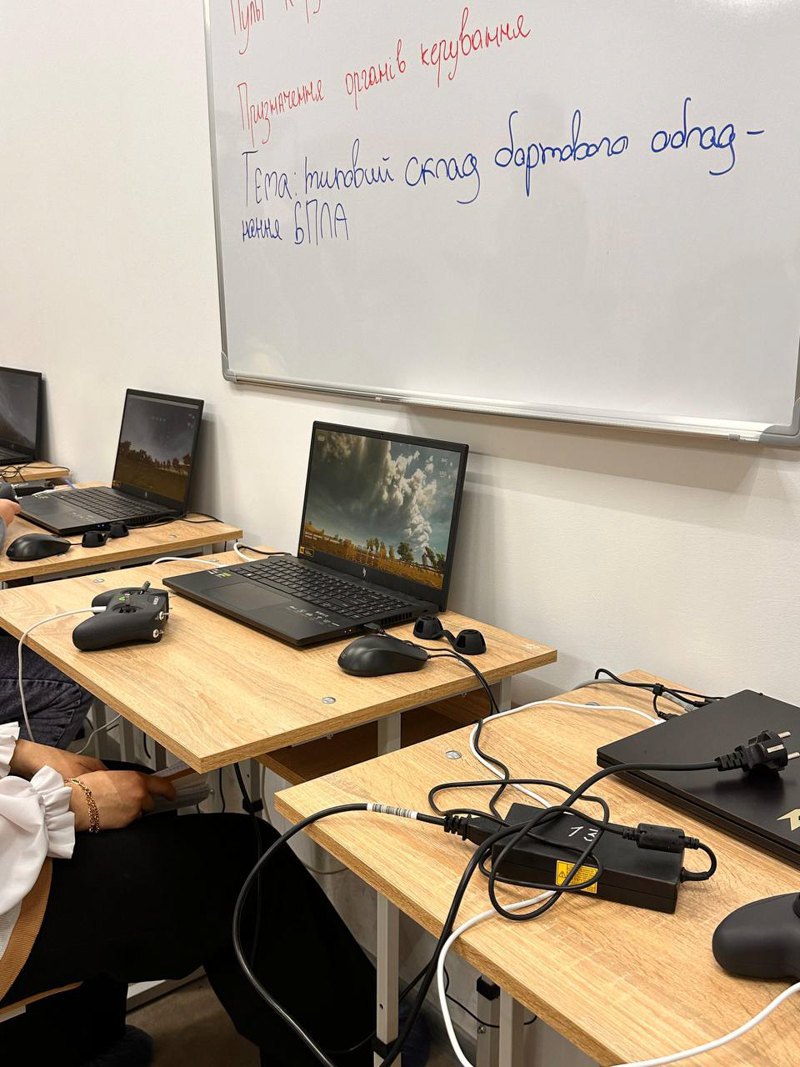
These trends do exist. I asked the heads of educational institutions what they had observed. Yes, in every senior class there are two or three students who do leave closer to the age of 17, but it cannot be said that this is a widespread phenomenon.
We were really worried about how parents would react when we introduced the updated subject. But in none of the centres we visited were there any complaints from parents. The exception is members of religious communities who, in accordance with their beliefs, do not study the practical component.
Otherwise, the reaction has been normal and calm, because everyone understands the importance of this and sees that it is not about preparing for war or military service, but about skills and abilities to be self-sufficient during a full-scale war.
So there have been no complaints to the school administration?
I do not rule out that there may have been isolated cases across the country, but this is by no means a widespread phenomenon, and for the most part, parents have responded very positively to the changes.
Moreover, there are centres that organise open days for parents. Parents come to classes and participate in first aid training.
This allows them to see what their children are learning, and it also serves as an educational activity within the community.
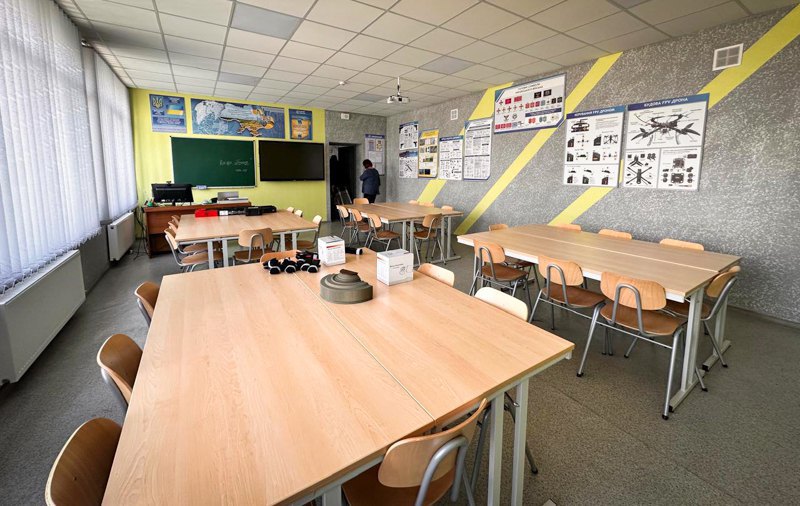
Which regions or cities are leaders in implementing the subject?
We do not keep track of that. There are regions where it has been implemented well. For example, Ternopil Region has reached 100% coverage — this includes vocational education institutions and general secondary education institutions.
Chernihiv Region has good dynamics in terms of teaching, teacher training and the work of local centres. Vinnytsya Region is also doing well, as are Kirovohrad and Sumy Regions.
In principle, the dynamics in the regions are satisfactory everywhere. There are some that are lagging behind for various reasons, including problems with procurement (according to the subsidy utilisation table, these include Mykolayiv, Poltava, and Transcarpathian Region, where the indicator is less than 50% — LB.ua). And we are working with them.
But this is all part of the work process. And, fortunately, we have time to refine the system and launch it perfectly by 2027. And what we have achieved in a year is a great result. Because this is an innovative project that we implemented immediately on a large scale.
Are you continuing your monitoring visits this year? Do you want to cover all centres?
It's not realistic to cover all of them. But we select five centres per region from communities based on various criteria, not just regional centres. These include centres with 100 students and those with 2,002 students. These are the largest ones.
And depending on the size of the centre, we change the questions to also understand whether centres with 2,000 students are viable. Whether they need to be made smaller. And also whether it is realistic to expand the centres. This is to understand which format of interaction with students is more convenient for the administration of the institution where the centre operates, as well as for teachers and students.
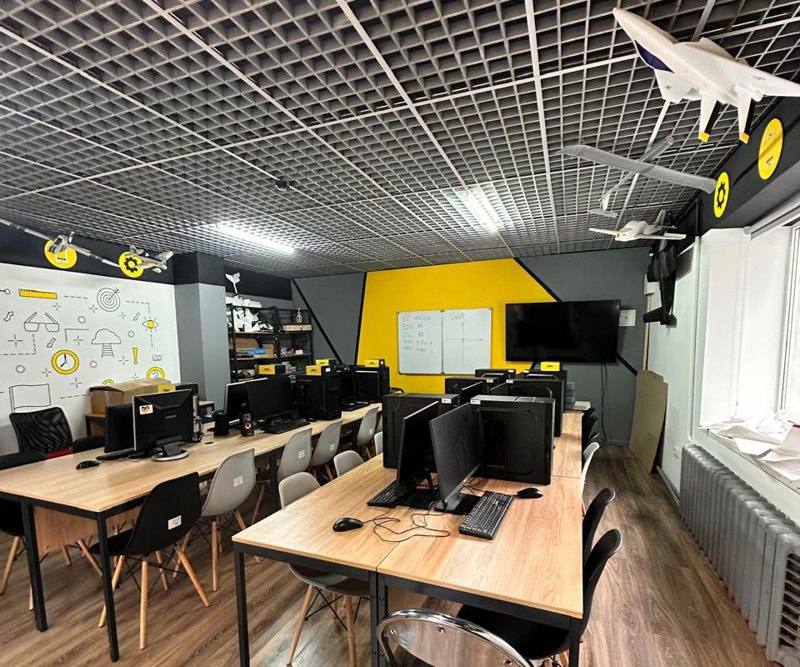
What conclusions from the monitoring will be included in next year's programme?
We heard from teachers about the need to study certain modules in greater depth. This particularly applies to military technology, drones and marksmanship training. As a result, we set up working groups and developed standardised professional development programmes with in-depth modules.
There was a request for an obstacle course, as each institution has a different one. We contacted the Ministry of Defence, and they provided us with a project for a single standardised obstacle course.
We heard a request for methodological support. Filming is also underway for the All-Ukrainian Online School for ‘Defence of Ukraine.’ I hope that all the videos for the first semester will be released by 1 October. There is also an initiative group of teachers who are developing lesson plans for work in the centres.
There was also a request to increase the number of teaching hours, and we made changes to the standard educational programme: starting in September this year, ‘Defence of Ukraine’ will be taught for two hours instead of one and a half. This means that students will come to the centres for eight lessons instead of six.
And we are turning all these requests into decisions.
So, will students take the basic military training course? What awaits second-years from 1 September
